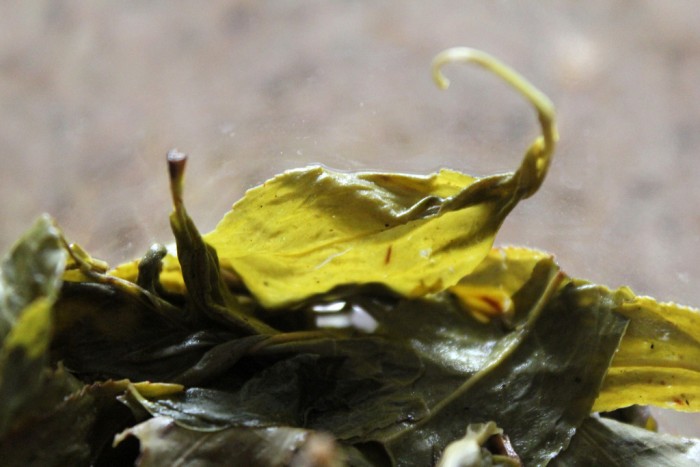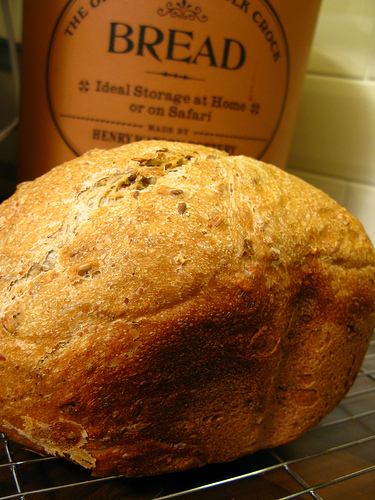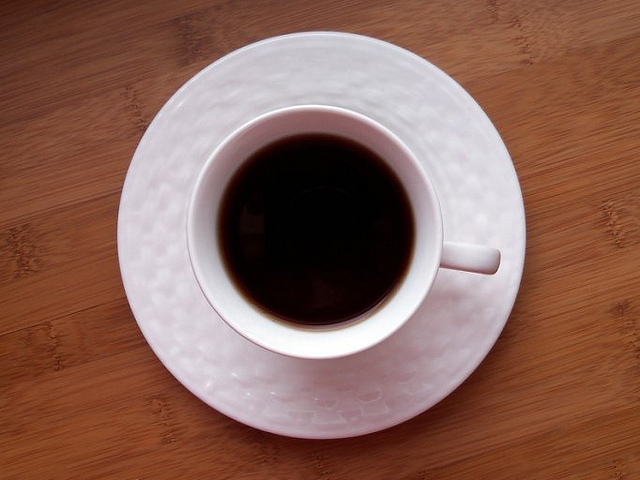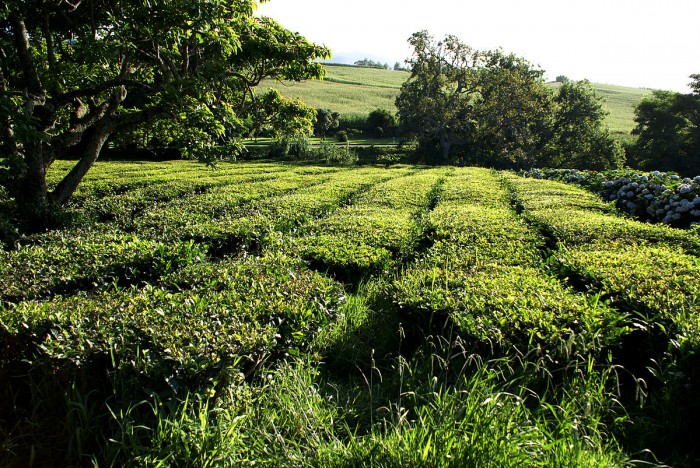
Expanded Leaves by Quinn Dombrowski (via Flickr)
For my second interview, I was glad to find someone with passion for craft itself. Nathan, another Teawrights customer, loves anything he can make with his own two hands that he can use for a purpose. It was so interesting to find out about all the different things he explores and how that affected his tea-making. This drove me to ask him a very important question…and it’s up first!
Talia: What does the word/concept of teawright mean to you?
Nathan: “Teawright” means several things to me, but primarily it’s the element of craftsmanship and making by hand. A teawright has deliberately chosen a fairly complicated and time-consuming method for producing an easily obtainable product, because the process of making is what’s important. If a cup of tea was the only goal, there are easier ways to go about it. Along with that is the desire to know and to do something for it’s own sake, and the satisfaction that comes with enjoying the results of one’s labor. It also means experimentation, attention to detail and whatever spark it is that turns a chore into time well spent

Day 111 – Bread for my bacon sandwich by Phil & Pam Gradwell (via Flickr)
Talia: How did you find out about tea crafting? Had you ever done anything similar or was this your first time?
Nathan: I met Caleb at a local craft beer festival in Somerville, and loved the tea he had for sampling. The name stuck with me, and I checked out the website later. I’d never made tea before, but if there’s something I can make myself, I like to try it at least once. I’ve made kayaks and canoes before when I needed a boat, and am currently making bread as I’m writing this.
Talia: Please, tell me about an early, meaningful memory dealing with tea.
Nathan: Two memories come to mind here. The first is from when I was very young, hearing about how my great-grandmother had traveled around the world on a freighter in her 50s. She had a month-long stopover in Singapore, and brought back a lot of tea. We still had a jar of it (not really good any longer) when I was growing up, a green canister with red dragons and Chinese characters all over it. It always made me think of the ceremony/ritual of making and enjoying a pot of tea, rather than just putting a tea bag in a cup. The second memory is from my first trip to Australia, and having “a proper cuppa tea” for the first time. Strong black tea with cream and sugar, served in a porcelain teacup. It instantly made me feel at home in a place on the other side of the planet.

Black Tea in White Cup by A Girl With Tea (via Flickr)
Talia: Did you try to mimic/reproduce a favorite tea or see where the process took you?
Nathan: No, I just read up on the process and decided to give it a shot. I aimed for black tea rather than green. My girlfriend was actually the first to try crafting it, I had ordered some for her birthday as a gift, and Caleb included a second pouch of leaves so I got to make my own as well. She made a green tea that turned out very light/grassy tasting.
Talia: How did you feel while actually making the tea and how did you react to the finished result?
Nathan: Rolling the leaves was more of a challenge and took longer than expected, and I’m still not certain I took it far enough. It was fun to go through the steps though, and I particularly enjoyed the different smells of it throughout the process. The finished result was much lighter than I was expecting for a black tea. I thought I’d be getting something like English Breakfast out of it, but wasn’t even close. It has a deeper flavor than the batch my girlfriend made, but still lighter than the Orange Pekoe tea I got from Goreanna Tea Estate in the Azores. (If you ever make if over there, definitely go. They’re still using equipment from the late 1800’s, and it’s one of the only tea plantations in Europe. It’s on Sao Miguel.)

Plantação de Chá Gorreana, Camellia sinensis, Ribeira Grande, ilha de São Miguel, Açores by José Luís Ávila Silveira/Pedro Noronha e Costa (via Wikimedia Commons)
Talia: How does crafting tea change how it tastes compared to other tea you’ve had?
Nathan: Lighter, ‘grassy’, definitely a fresh taste to it. It’s very different, even from whole leaf green tea directly from China. There’s also the satisfaction of drinking something you made yourself.
Talia: What’s the best part about the process?
Nathan: The tactile/aromatic part of rolling and ‘fermenting’ the leaves.
Talia: What’s the hardest part about the process?
Nathan: Not knowing when it’s “done.” Without seeing the process in person, it’s hard to judge when the leaves are rolled enough, wilted enough, etc. Videos and articles help, but it’s not quite the same as seeing the real thing happen. It makes everything a bit more a unpredictable, but that’s also part of the fun.
Talia: Have you shared your tea with friends? How did they react?
Nathan: Just a few (it’s a pretty small canister, and I worked hard for it). People definitely find it different than commercially prepared tea, not necessarily better or worse.
Talia: Has your experience driven you to explore further into the process of making tea or the story of tea?
Nathan: A little bit. As I mentioned above, I made sure to visit Goreanna Tea Estate (http://www.gorreanatea.com/) when I was on vacation in the Azores in March this year. We were there about a month before picking began so things were pretty quiet, but it was fascinating to see the old machinery they used and to compare it with how I’d gone through the process by hand. The tea they make is delicious, and the whole island is definitely worth a visit.
* * *
Discuss this post on our subreddit
Inspired to Craft Your Tea?
This interview inspire you? Try crafting tea yourself. You’ll want some fresh leaves. Click here to start
[related-posts]
